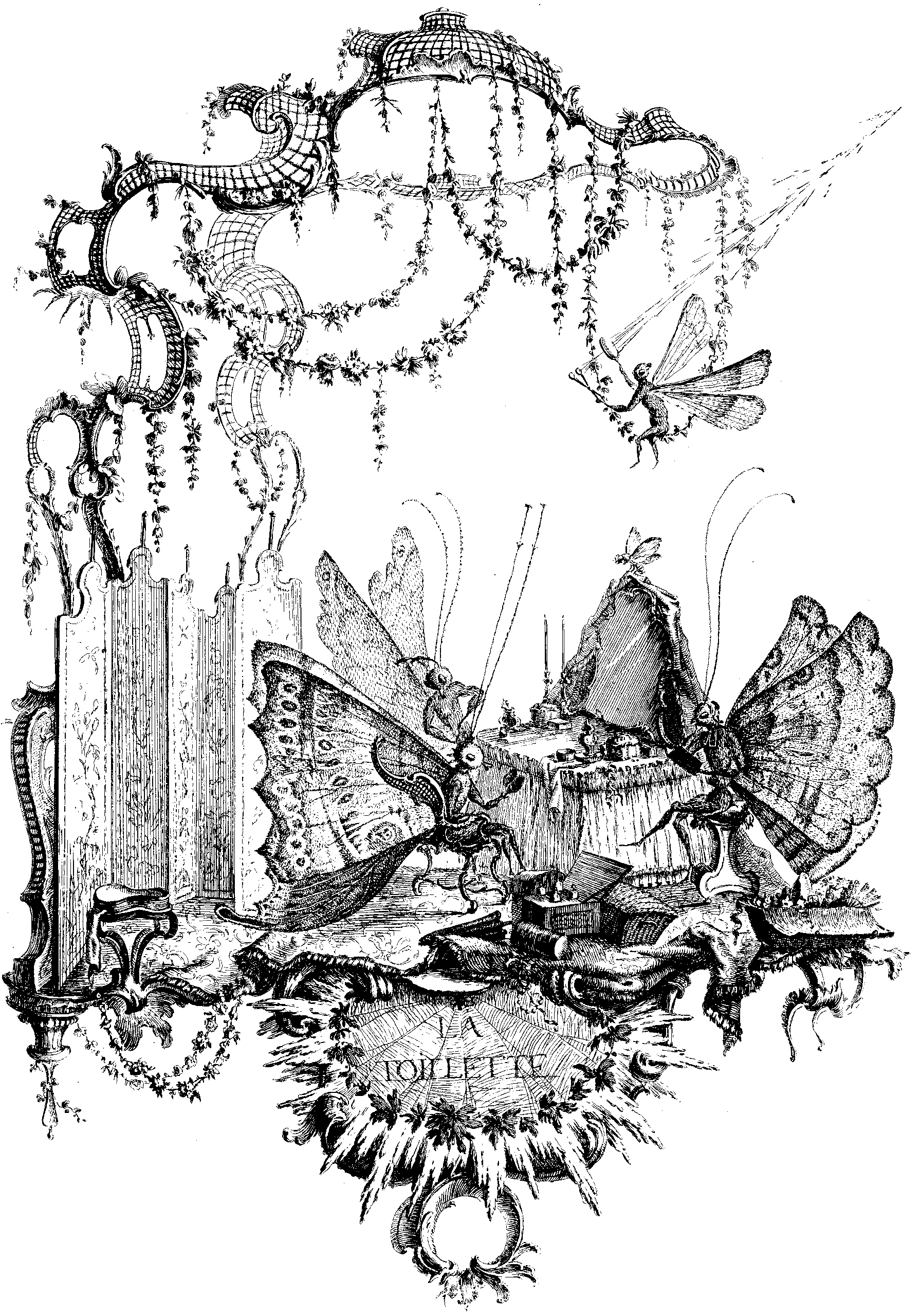Niche construction
2011-07-26 — 2024-06-13
Wherein organisms are described as altering their surroundings, earthworms are shown to engineer soil that favors their kind, and selection is recast as acting upon phenotypes rather than solely genotypes.
cooperation
economics
evolution
game theory
incentive mechanisms
(niːʃ kənˈstrʌkʃ(ə)n): The evolutionary biologist’s word for the idea that organisms might change their environment, and thus the selection pressures upon them. Classic examples:
- earthworms, that create the type of soil that fosters more earthworms.
- humans, who move into a biome and bulldoze it.
Niche construction is interesting because it implies that there are some non-trivial consequences to selection acting upon the phenotype, as opposed to the genotype, as genetic programmers might intuit.
🏗
1 References
Constant, Ramstead, Veissière, et al. 2018. “A Variational Approach to Niche Construction.” Journal of The Royal Society Interface.
Laland, and O’Brien. 2011. “Cultural Niche Construction: An Introduction.” Biological Theory.
Laland, Odling-Smee, and Feldman. 2000. “Niche Construction, Biological Evolution, and Cultural Change.” Behavioral and Brain Sciences.
Laland, Odling-Smee, and Gilbert. 2008. “EvoDevo and Niche Construction: Building Bridges.” Journal of Experimental Zoology Part B: Molecular and Developmental Evolution.
Magnani. 2008. “Chances, Affordances, Niche Construction.” In Knowledge-Based Intelligent Information and Engineering Systems.
Marchesini. 2022. “Niche Construction.” In The Creative Animal: How Every Animal Builds Its Own Existence.
McCormack. 2010. “Enhancing Creativity with Niche Construciton.” In.
McCormack, and Bown. 2009. “Life’s What You Make: Niche Construction and Evolutionary Art.” In Applications of Evolutionary Computing.
Ryan, Powers, and Watson. 2016. “Social Niche Construction and Evolutionary Transitions in Individuality.” Biology & Philosophy.
Torday. 2016. “The Cell as the First Niche Construction.” Biology.
